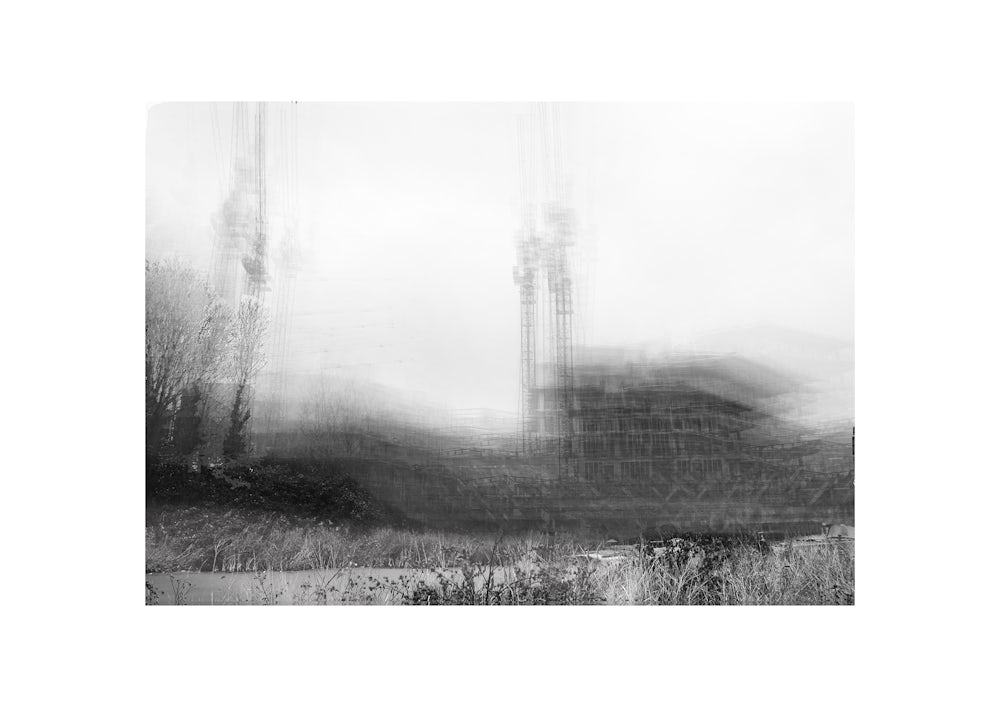Saida Kybartaite
"Reshaping water systems: human intervention and the interplay between constant urban development and rivers"
Keywords: built environment, time, water, photography, environment
The project delves into the concept of human intervention in natural settings and the alteration of water systems to accommodate urban development requirements. Focused on investigating the river Lea, the initiative also addresses the theme of temporality in the adjacent areas, marked by ongoing transformations. This dynamic contrasts the frantic activity of construction against the river’s hydrological timeline.
The river Lea, situated in the West Ham region, courses through urban zones experiencing swift transformations. Consequently, numerous infrastructures have been installed to manage its flow, water levels, and other aspects. This prolonged intervention has led to extensively altered landscapes, ensuring the river doesn’t interfere with the human-built structures in its vicinity. Because of these significant transformations, the river has lost its ability to carry out its original life-sustaining processes, such as forming meanders or oxbow lakes, due to the presence of concrete river walls.
In an effort to capture the perpetual transformations surrounding the river, I crafted a series of photographs subjected to meticulous editing and layering. The intentional blurring effect employed in these images serves to accentuate the rapid transformations occurring in the developing areas. Meanwhile, the river maintains a clear and undistorted appearance, almost attempting to slow down the development process, emphasising a deliberate contrast between the two.
Taken from various vantage points along the river walk, each photograph exhibits a striking resemblance, illustrating repetitive and mimicked actions of areas under construction and development and their temporality in multiple areas.









